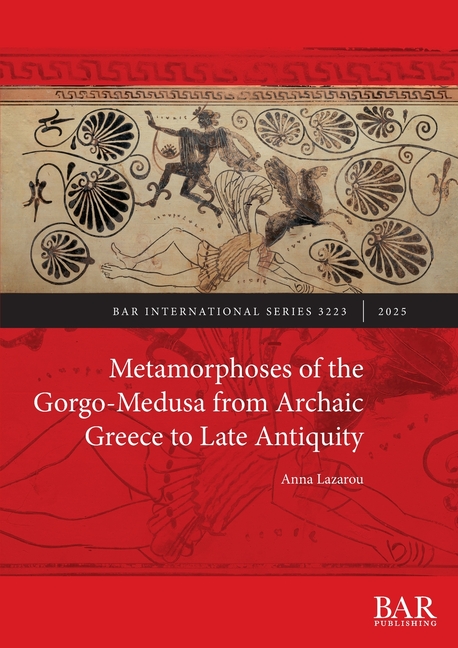Description
This monograph explores the evolution of the gorgoneion and Gorgo-Medusa with a focus on the period between the 8th century BC and 5th century AD in the ancient Greek World. Here, Medusa serves as an apotropaic symbol, embodying evil to counteract evil and deter threats. Artistic representations have been classified into six categories; the variations in form, material, and context are discussed critically and are linked to daily life in the ancient world.
The book provides detailed analysis of the changing faces and roles of the prevalent gorgoneion type throughout each cultural phase and subperiod. It merges aspects of the history of art, philosophy, cultural development, archaeology, and mythological accounts based on all available ancient literature sources. It explores the intriguing, attractive, and enigmatic roles of gorgoneion/Medusa throughout ancient Greek history, including connections with Eastern cultures.
Product Details
- Jun 30, 2025 Pub Date:
- 1407361635 ISBN-10:
- 9781407361635 ISBN-13:
- English Language




